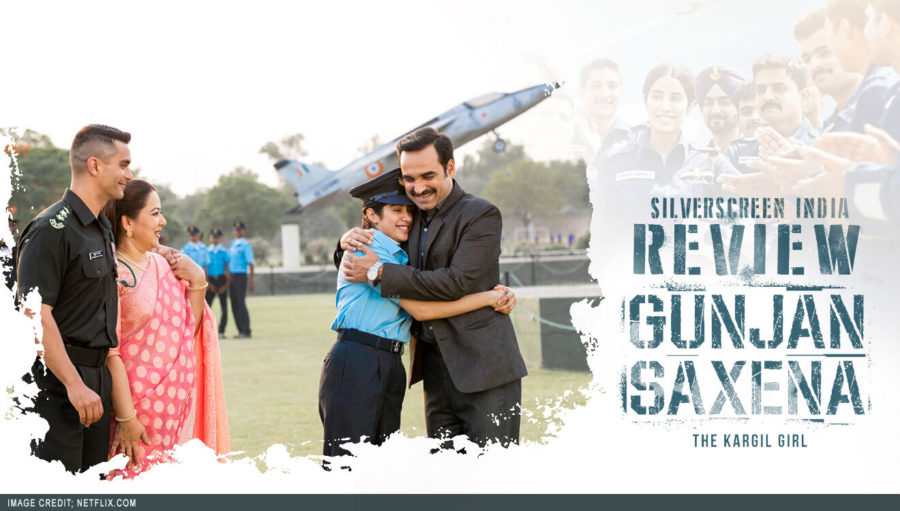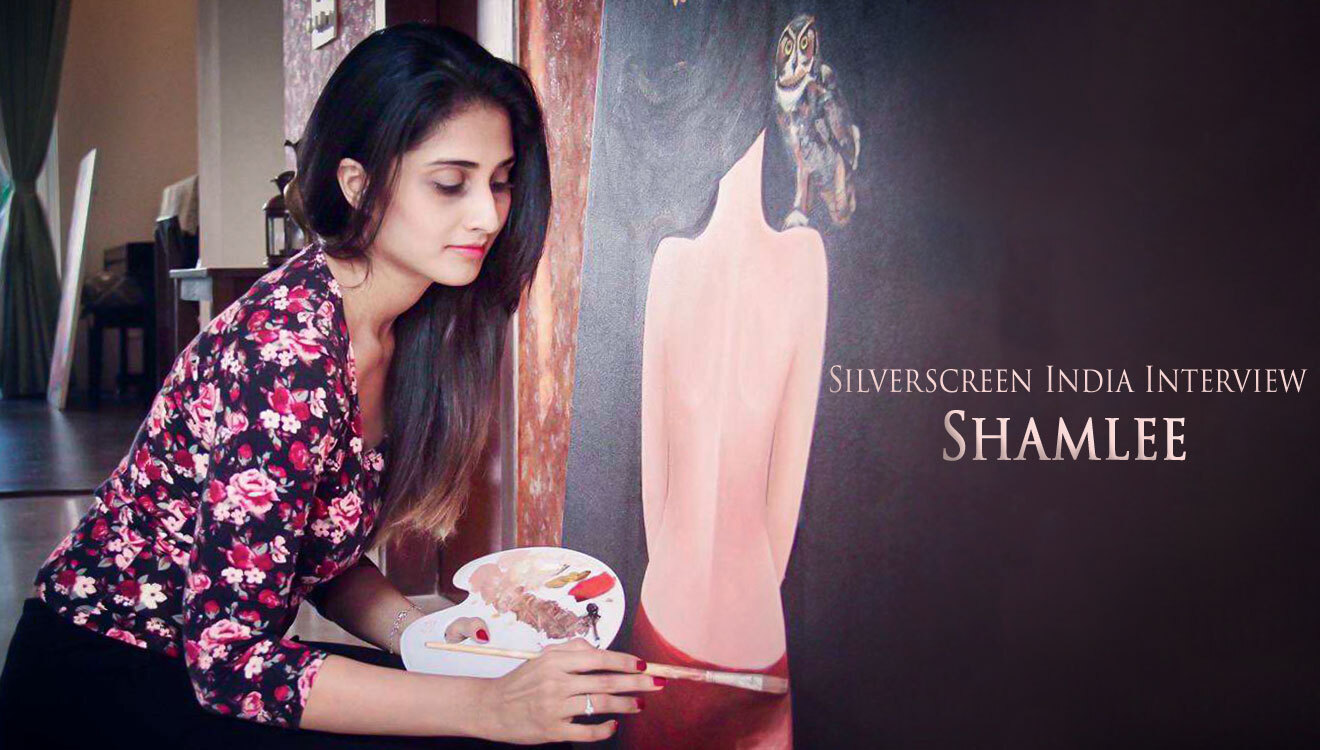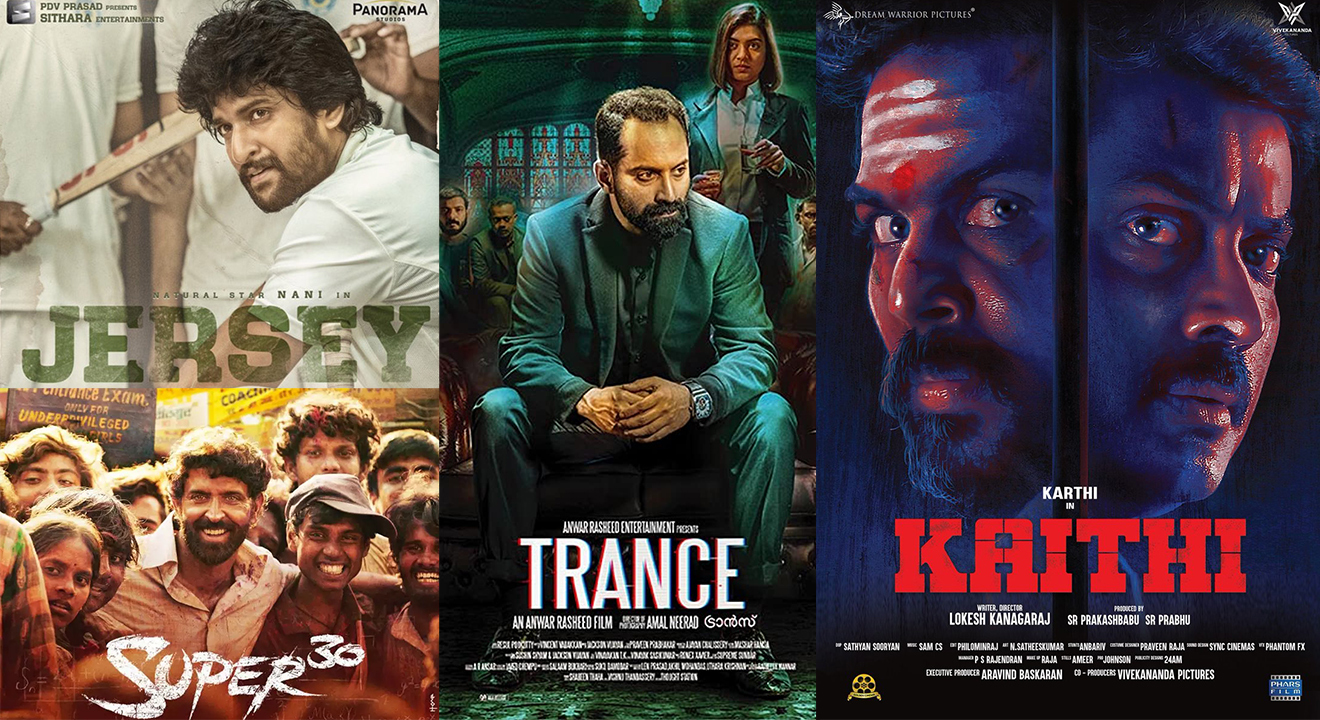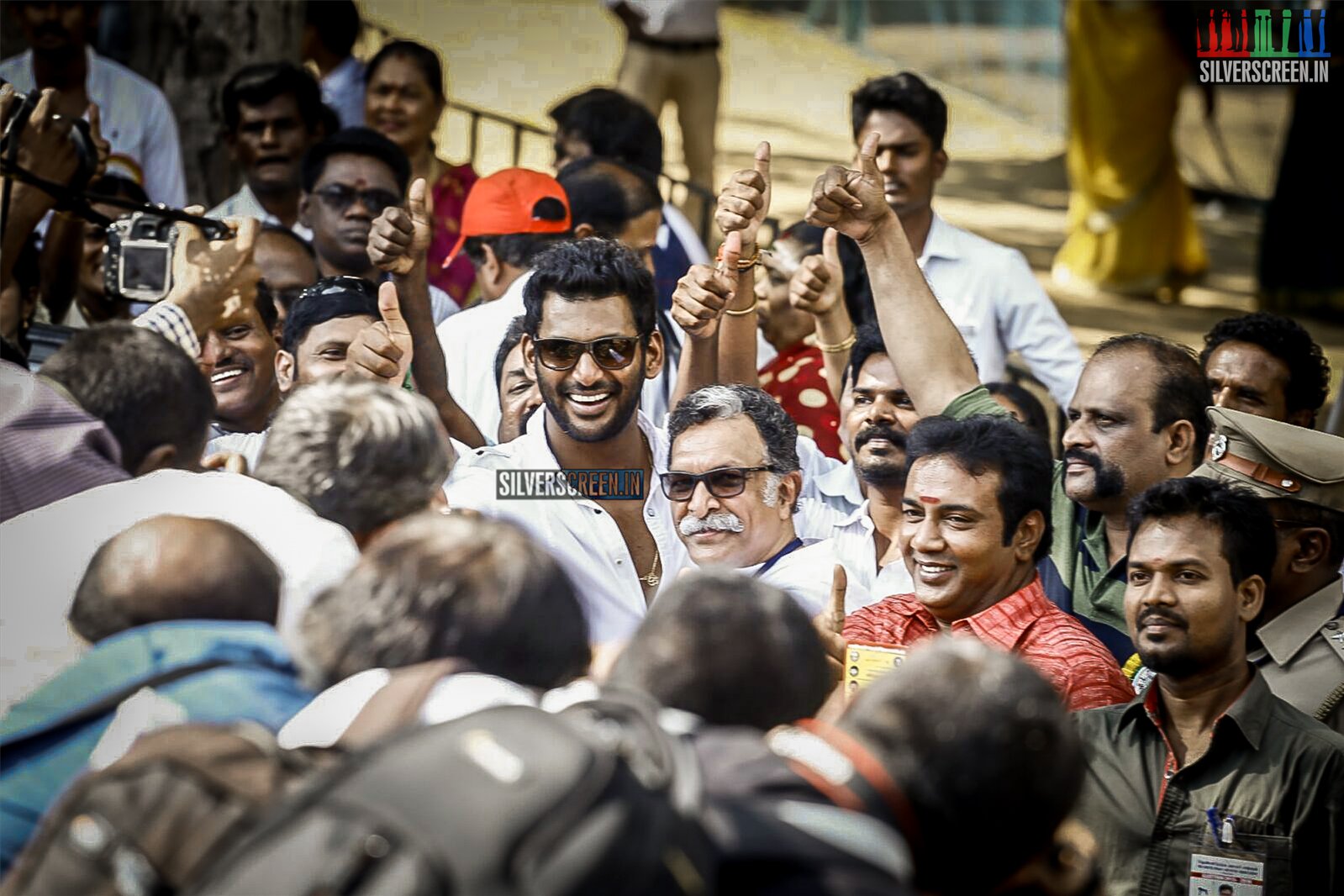Director: Sharan Sharma
Cast: Janhvi Kapoor, Pankaj Tripathi
Time is dictated by pop culture in Sharan Sharma’s Gunjan Saxena: The Kargil Girl, a biographical film on Gunjan Saxena, among the first batch of women air force trainees in the Indian Air Force. Saxena, at just about 25, was the only woman to be part of the Kargil war when she engaged in evacuation of the wounded, surveillance of enemy positions and transporting supplies to the troops on the ground.
Written by Sharan Sharma and Nikhil Mehrotra, the tenth standard topper Gunjan (Janhvi Kapoor) dances to her favourite song ‘My Name Is Lakhan’ – a song marking the end of the 80s and beginning of the 90s – at the party thrown by her parents to celebrate her academic performance.
We see Gunjan as a child fascinated by airplanes and pilots so much that she’s always in aviator sunglasses. Her brother asks her why she is wearing the glasses in the dark while watching TV and she says her eyes need protection, she is going to be a pilot after all.
During the interview to join the IAF as a trainee, she is quizzed on the country’s current affairs. Drawing a blank, she begins to talk about the controversial song of that year – ‘Sarkai Lo Khatiya’ – and how India’s intellectuals have called out the lyrics of the song. She further mentions that Hum Aapke Hain Kaun’s stupendous success has seen a 250% jump in people adopting Pomeranians.
The interviewer, an Indian army officer, comments that Tuffy’s performance was indeed great. This digressing scene doesn’t establish anything apart from the fact that it is now 1994.
We get a Raja Babu mention again in a magazine cover featuring Rekha when Lt. Col. Saxena (Pankaj Tripathi) wants to talk to his daughter about Rekha’s diet. Later, we don’t need pointers to the year of action, 1999’s Kargil War. The film looks crisp and rich, liberally coloured with look and feel of modern times, with no evidence that a large portion of the film is set in the early to mid-90s, almost 30 years ago.
Sharma’s film can blow hot and cold like that. In moments, it can deal with a situation with the silkiest of touches. Her father, the only one in the family encouraging her aspiration skywards, places the day’s newspaper next to a sleeping Gunjan.
The newspaper has an ad calling for the first batch of women IAF pilots. Sharan Sharma arranges an orchestra around the home that’s going to explode any moment. She wakes up nonplussed, not sure what to look for in the newspaper, sleep still clogging her eyes. She sees the ad and a smile crosses her face, her mother screams from the kitchen asking if Gunjan is awake and Saxena senior exclaims “Yes!”.
The whistle of a cooker goes off. But that touch goes missing when Gunjan Saxena graduates and goes to Udhampur base where she faces rampant casual and structural sexism. Structural quite literally because Udhampur lacks both restrooms and changing rooms for women.
The day of her arrival posters of Pamela Anderson are removed from the men’s locker room. The locker room scenes, in literal and figurative fashion, are written and played straight. The men don’t look her in the eye, they change paths because if they walk past her they’d be forced to salute, they drink and play loud music in the evenings and walk away in different directions even if she attempts to chat with them.
As warm and thoughtful as the familial portions are, Sharma loses his imagination when it comes to the scenes in the academy. Even in a recent interview, Gunjan Saxena said that the officers in Udhampur took some time to warm up to her presence as their equal but it happened faster than she expected.
The film though dials up this part to high decibels, where scenes and routines repeat themselves as it tries to stretch something farther than it would allow. The film also completely omits another woman officer who was in Udhampur with Saxena – Srividya Rajan.
In the interview, the real Gunjan Saxena talks in first person plural – “we” and “us” – when she refers to her time at Udhampur and this erasure of another woman seems disingenuous in a film that tries to show how sexism can manifest in various ways in a domain dominated by men.
It also feels like the tagline The Kargil Girl infantilizes a high achieving woman, first of her kind in the country. Check Gunjan Saxena’s Wikipedia page and the word “girl” appears only in references to the film. “Woman” appears eight times and “women” six times. It’s the same case with the aforementioned interview.
Janhvi Kapoor puts the girl in The Kargil Girl. She can look the part, a girl in her late teens with stars in her eyes and she can convince you of her nervousness, fear and frustration of her traditional mother and sexist brother. But she is perpetually in that state.
It is the scenes she needs to be dramatic in and bring the house down that Kapoor probably has nautical miles to go. In a scene where she takes on her male peers, she says the right lines, but her face and delivery don’t register as coming from someone who has thrown down the gauntlet.
Pankaj Tripathi on the other hand, handholds her through it all as he does the film. He plays the role like a veteran, his presence in a scene bringing a sense of calm at home and comfort to the proceedings. He matches the tone the film takes when he is in the frame or probably the film takes after him, all he needs is a turn of head or chin at the dining table or a hand held up to pacify his wife and son, and liven up any dull moment in the writing.
Gunjan Saxena, fittingly, gets feet first, then hands and face introduction. She is called to action by her superior when there are no options left and there she is, stepping out of the hangar into daylight, running on the tarmac to a Cheetah helicopter with one hand tight on her flight helmet.
Recommended
It’s after all of this that we see Janhvi Kapoor’s face. The film also treats the Kargil war like an accessory, which is honestly gratifying considering all the films with jingoistic fervour that we’ve been served of late. At the same time, one cannot help but feel that the scale of the war is underutilized considering the kind of introduction the film gives Gunjan Saxena. Feet. Hands. Face. And then?
Gunjan Saxena will be out on Netflix on August 12, 2020
The Gunjan Saxena review is a Silverscreen original article. It was not paid for or commissioned by anyone associated with the film. Silverscreenindia.com and its writers do not have any commercial relationship with movies that are reviewed on the site.



